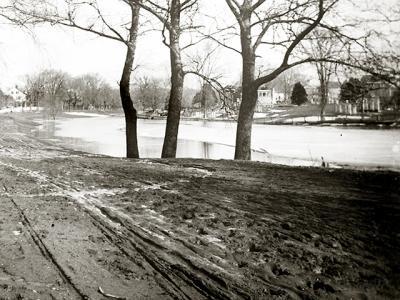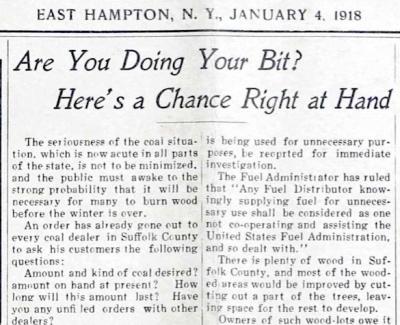Point of View: Evocative Art
Point of View: Evocative Art
A large sculpture across the street from my window reminds me of a pork chop, and pork chops remind me of foodstuffs which, while tasty, aren’t necessarily good for me.
That’s not to say I don’t like the sculpture, mind. It’s evocative, it’s monolithic. It could be South America, for instance . . . or a pork chop.
Anyway, I’ve become concerned lately about what the doctor says is “a slightly elevated cholesterol reading,” which is no surprise inasmuch as I’ve been eating omnivorously for months (Kitty’s torte, about which I wrote at Thanksgivingtime, being just one of many examples), counting on a small daily dose of pravastatin to rid me of the bad stuff without triggering the shakes.
(I’m never quite sure, by the way, which it is, the HDL or the LDL, but what the L.)
It’s the snacking at The Star, I know. Its rickety small kitchen table is the frequent repository of so many things — berry pies, chocolate chocolate cakes, carrot cakes with that piquant sour cream icing, macadamia-nut cookies, soft, stinky cheeses — that aren’t good for you, but which are tempting nevertheless, and my fingers have tended to stray, toying with their confections, pinching, caressing, fondling as I have passed by. (Cast a cold eye, huntsman, cast a cold eye.) Recently, I publicly acknowledged that I was a preprandial predator, but no one seemed to care, the profile of a weekly journalist not being so prominent as to rate universal opprobrium, I suppose.
It’s become sort of a game with me, a diversion, if you will, this peaking and valleying of cholesterol counts, as it was with that weird haracter on “The Office.” Like Sisyphus, minus the mountain and the boulder (think Dreesen’s doughnuts) and the physical exertion for all eternity.
Mary always reminds me Camus said concerning Sisyphus that it came down to what he was thinking about on the way down the hill. I’m on the way down the hill now, as it were, and what I’m thinking about is Haagen-Dazs. Cherry vanilla mostly. I got the last pint of it at Round Swamp on their last day. Mary said she’d never tasted anything so good when I held the spoon out to her.
That was the last spoonful she was to have of it.
I can’t go on, I must go on, but in order to butteress . . . buttress, rather, my will, I’ve made an appointment with a clognitive therapist.
“From your lipids to God’s ears,” I can hear Mary say.


